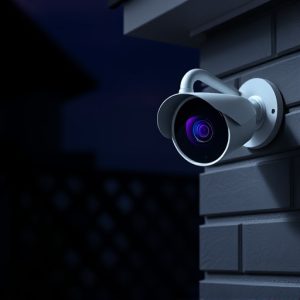Home security involves addressing invisible dangers like carbon monoxide (CO) and fires through early detection systems. Fire and CO detectors provide critical warnings, allowing swift action and potentially saving lives. Strategically placed smoke and heat sensors in fire detectors enhance security. Carbon monoxide sensors offer an additional layer of defense against this odorless, deadly gas. Smart technology, with AI-driven real-time alerts and remote monitoring, further strengthens home security. Regular maintenance and upgrades to modern systems are vital for reliable protection.
“Enhance your home’s security and ensure peace of mind with advanced fire and carbon monoxide detection systems. These crucial components play a vital role in safeguarding your family from unseen dangers. This comprehensive guide delves into the essential aspects of home security, including understanding fire and carbon monoxide risks, the power of early detection, and strategic placement of detectors. Explore diverse detector types, the importance of regular maintenance, and how smart technology integration can revolutionize your safety.”
- Understanding Fire and Carbon Monoxide Risks in the Home
- The Importance of Early Detection: How These Systems Work
- Types of Fire Detectors and Their Placement Strategies
- Carbon Monoxide Sensors: Unseen Danger, Visible Protection
- Integrating Smart Technology for Advanced Home Security
- Regular Maintenance and Upgrades: Ensuring Your Peace of Mind
Understanding Fire and Carbon Monoxide Risks in the Home
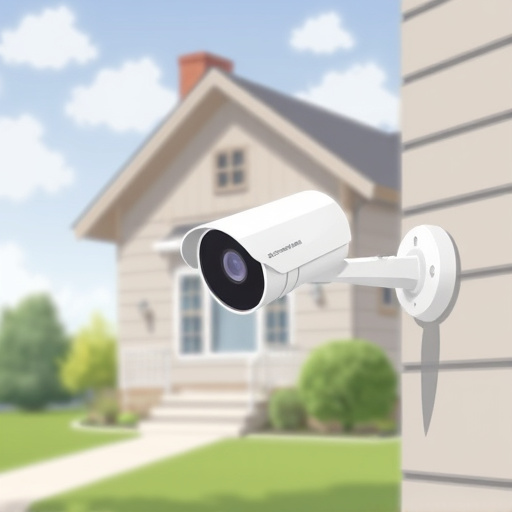
Fire and carbon monoxide (CO) risks are prevalent hazards in the home, posing significant threats to both property and life. While fire dangers are often more apparent, CO poses a silent yet deadly risk. This odorless and colorless gas is produced by the incomplete burning of fossil fuels, commonly found in heating systems, stoves, and vehicles. In enclosed spaces, CO can accumulate to dangerous levels, leading to severe health issues or even death.
Home security involves acknowledging these risks and implementing preventive measures. Installing fire detectors and carbon monoxide alarms is a proactive step towards ensuring home safety. These devices act as sentinels, continuously monitoring for any unusual activity that could indicate a potential fire or CO buildup. By integrating such systems into your home, you create an early warning network, providing critical seconds or even minutes to evacuate safely.
The Importance of Early Detection: How These Systems Work
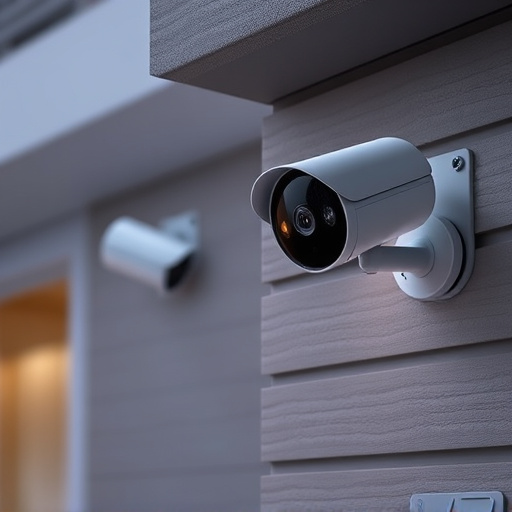
Early detection is key in home security, especially when it comes to fire and carbon monoxide (CO) hazards. Fire and CO detection systems play a vital role in safeguarding your home and family by providing critical minutes of warning before these dangers become life-threatening. These systems are designed to promptly alert residents and emergency services, enabling swift action and potentially saving lives.
The technology behind these detectors is straightforward yet powerful. Fire detectors use sensors to identify smoke or flame, while CO detectors are equipped with sensors that can detect the presence of carbon monoxide gas. When a sensor triggers, an alarm is activated, notifying everyone in the home and alerting nearby neighbors and emergency responders, ensuring everyone has the chance to evacuate safely.
Types of Fire Detectors and Their Placement Strategies
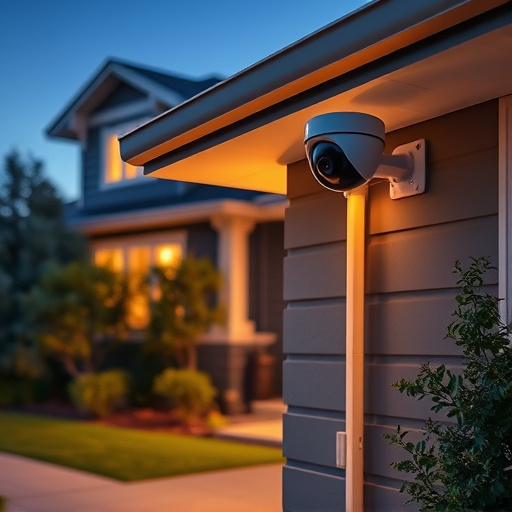
Fire detectors play a pivotal role in home security, offering early warnings for potential hazards. There are several types available, each with unique advantages and placement strategies. Smoke detectors, for instance, are commonly used due to their ability to detect visible smoke particles. These devices should be installed on every level of the home, including outside bedrooms, to ensure maximum coverage. They are often placed on ceilings or walls at a height of 8-12 feet.
Heat detectors are another crucial component, designed to sense rapid temperature increases, which can indicate a fire. These should be positioned near sources of heat like appliances, fireplaces, or ovens. Some advanced systems combine smoke and heat detection for enhanced accuracy. Strategically placing these detectors throughout the home significantly improves home security and provides critical seconds for evacuation during emergencies.
Carbon Monoxide Sensors: Unseen Danger, Visible Protection
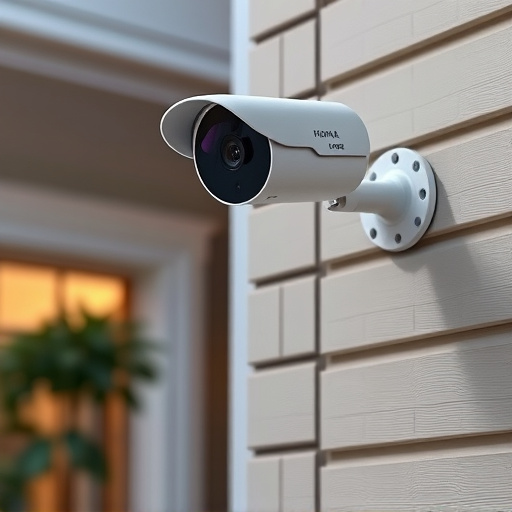
Carbon Monoxide Sensors: Unseen Danger, Visible Protection
In the realm of home security, carbon monoxide sensors play a crucial role in safeguarding your family from an invisible yet deadly threat. Carbon monoxide (CO) is an odorless, colorless gas that can quickly accumulate in enclosed spaces, posing a severe risk to human health. Unlike smoke alarms that alert you to visible danger, CO sensors detect a harmful gas that cannot be perceived by the human senses. This subtle yet powerful protector acts as a silent guardian, constantly monitoring your home environment and issuing an alarm when dangerous levels of carbon monoxide are detected.
By integrating these sensors into your home security system, you gain a layer of invisible protection that complements your existing safety measures. Whether it’s while you’re asleep or away from home, CO sensors ensure that any buildup of this harmful gas is promptly signaled, allowing you to take immediate action and prevent potential tragedies. In today’s digital era, embracing advanced home security solutions like these is not just wise; it’s essential for the well-being of your loved ones.
Integrating Smart Technology for Advanced Home Security

In today’s digital era, integrating smart technology has revolutionized home security. Fire and carbon monoxide detection systems now go beyond basic sensors by utilizing AI-powered features that can detect abnormalities in real-time. These advanced systems not only alert residents but also automatically communicate with connected devices, like smartphones, to ensure swift action.
Smart homes equipped with these integrated systems offer peace of mind, enabling homeowners to monitor their properties remotely and respond promptly to potential hazards. This technology enhances home security by providing comprehensive monitoring, early warnings, and automated responses, thereby making living spaces safer and more secure.
Regular Maintenance and Upgrades: Ensuring Your Peace of Mind
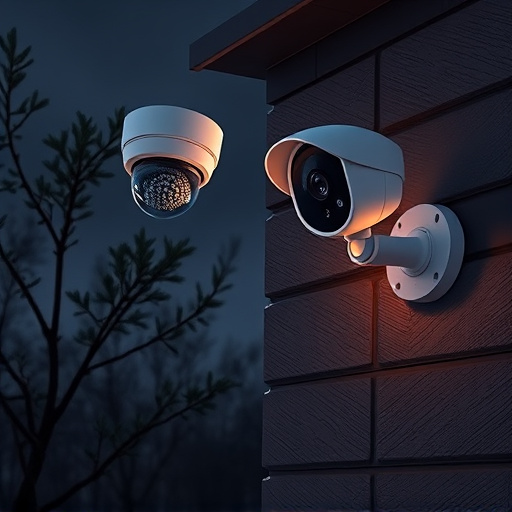
Regular maintenance is key to keeping your fire and carbon monoxide detection systems reliable and effective. Over time, batteries can weaken, sensors can become contaminated or malfunctioning, and components may wear out. A professional inspection every few years ensures these devices are operating at peak performance. Upgrading older systems to modern models can enhance home security further, incorporating advanced features like smart connectivity that allows for remote monitoring and alerts via your smartphone.
By staying on top of maintenance and upgrades, you can rest assured that your home is protected by the best possible technology. This proactive approach not only safeguards your family’s safety but also provides peace of mind knowing that any potential hazards will be quickly detected and addressed.
Fire and carbon monoxide (CO) detection systems are indispensable components of modern home security. By understanding the risks these hazards pose and implementing early detection strategies, homeowners can significantly enhance their safety. From traditional smoke detectors to advanced smart technology, various options offer tailored protection. Regular maintenance and staying updated with the latest advancements ensure these life-saving devices function optimally. Investing in such systems is a proactive step towards safeguarding your home and loved ones, providing peace of mind in an often overlooked area of home security.
